News
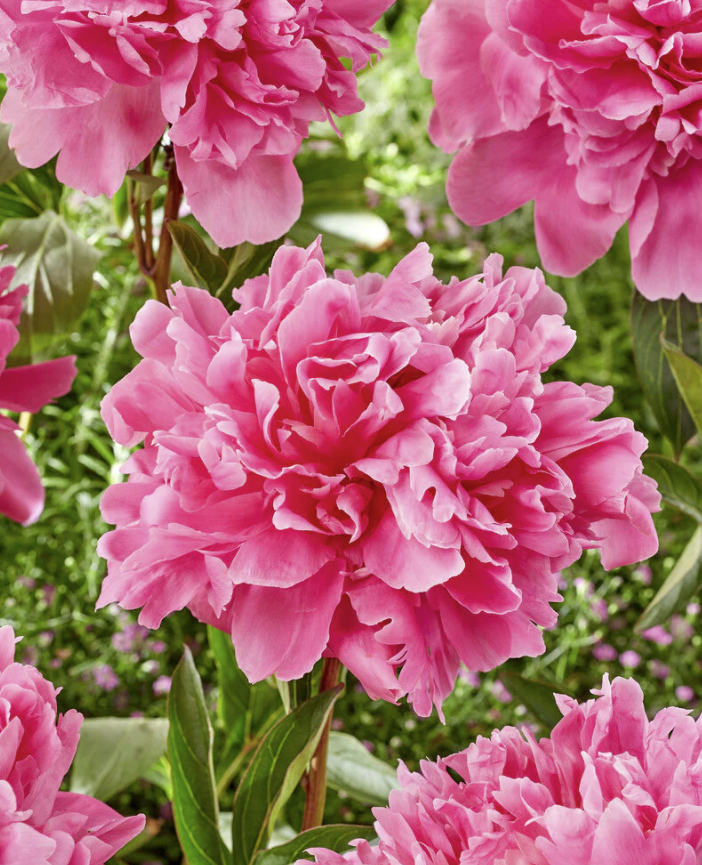
News
Spring planning: When is the best time to plant peonies?
by Niels Horstink on Oct 06 2025
The best time to plant peonies is a question that occupies many gardeners. These beautiful flowers add color to any garden. However, there's more to planting and caring for peonies than you might think. With the right knowledge, you can enjoy years of vibrant blooms and healthy plants. This blog post explains exactly how to plant, care for, and propagate peonies.
Peony varieties and their differences
Peonies are roughly divided into two groups: herbaceous peonies and tree peonies. Herbaceous peonies die back above ground in winter and reappear in spring. Tree peonies have woody stems that remain above ground in winter. They often grow much larger than regular peonies. Tree peony flowers appear from mid-April to June and are often red or yellow. A mature tree peony can reach a height of 1.75 meters, making it a real wow factor in the garden.
Herbaceous peonies are smaller and very suitable for borders or mixed plantings. Both varieties are beautiful, but differ in height and care.
The right time to plant peonies
Peonies can be planted in both autumn and spring. Autumn is often preferred because the plant can establish roots throughout the winter. This gives the peony a strong foundation in spring and a greater chance of abundant blooms. However, spring is also fine, as long as the soil isn't too wet or too cold.
When planting in spring, it's important to water the plant thoroughly right away. This allows the roots to establish more quickly. In autumn, extra watering is less necessary, but you should still check the soil.
How to plant peonies: in the ground or in a pot
Peonies can be planted either directly in the ground or in a large pot. Both methods have their advantages. In the ground, peonies have plenty of room to grow. Not everyone has space in the ground. By planting them in a pot, you can also enjoy the beautiful, colorful flowers. Moreover, you can easily move them around in the pot. Below, you'll find a step-by-step explanation of both options.
Planting peonies in the open ground:
Dig a hole 10 to 15 centimeters deep and twice as wide as the root ball.
Loosen the soil so that the roots can grow well.
Mix the excavated soil with compost or manure for better soil structure.
Place the rhizome in the hole. Make sure the "eyes" are no deeper than 5 centimeters (2 inches) below the surface.
· Maintain sufficient distance between the plants, about 90 to 120 centimeters. This gives them room to fully develop and prevents mold.
· Backfill the hole and press the soil firmly.
· Water the plant when planting so the roots absorb nutrients immediately. Continue watering regularly during dry periods, but avoid allowing the soil to become too wet .
Planting peonies in pots:
Choose a large pot of at least 40 to 50 centimeters in diameter with holes for drainage.
Fill the pot with airy potting soil and, if necessary, mix in sharp sand or perlite for good drainage.
Place the rhizome in the pot with the 'eyes' no more than 5 centimetres below the ground.
Fill the pot with potting soil and press the soil lightly.
Place the pot in a sunny spot where the plant will get at least six hours of light.
Water regularly , but avoid allowing the soil to remain constantly wet.
Location and sunlight for peonies
A peony grows best in a bright spot. Ideally, it should receive at least six hours of sunlight per day. The more sun, the more abundant the blooms. If you place the peony in a shady spot, fewer flowers will appear.
Also, make sure the soil drains well. Peonies don't like wet feet. Therefore, choose loose soil and avoid areas where water stagnates.
Pruning peonies in the fall
September and October are the best times to prune your peonies. Remove old and discolored stems. Always leave at least two strong stems so the plant can sprout again next year.
Is the peony growing too large? Then you can remove older branches. Leave the younger stems. That way, it will bloom profusely again later.
When does the peony bloom?
Peonies bloom from mid-April to mid-June. During this period, you'll enjoy beautiful, large flowers that brighten up your garden. Depending on the variety, the colors can range from white to deep red.
During this period, provide sufficient water and keep weeds away from the plant. This will ensure the roots receive all the nutrients they need and promote longer flowering.
Are peonies winter hardy?
Fortunately, peonies are winter-hardy. So they can stay in the garden, even during cold nights. However, the above-ground parts die back in winter. The plants will sprout again in spring.
Protection is usually not necessary, except for young plants. In that case, you can spread some mulch or leaves around the roots. This provides extra protection during severe frost.
Colors and symbolism of peonies
Besides their beauty, peonies also have a rich symbolism. In many cultures, they symbolize love, wealth, and prosperity. This makes them beloved not only for gardens but also as gifts.
The flowers are available in a variety of colors, from bright white to deep pink and deep red. Each color gives the garden its own unique atmosphere.
Combine with other plants in the garden
Peonies are real eye-catchers, but they look even better with the right companions. Pair them with lavender, for example, for a beautiful contrast of color and scent. Ornamental grasses also create a playful effect alongside the full blooms.
Flower bulbs like tulips or daffodils perfectly complement the peony blooming season. This way, you can enjoy color early in the spring, followed by the rich blooms of the peony.
Tips for longer flowering and healthy plants
A vigorously growing peony will produce abundant flowers for years. These steps will ensure abundant blooms and keep the plant healthy.
Cut off faded flowers: Remove the spent buds immediately. Cut back to just above a pair of healthy leaves.
Fertilize lightly in spring: Use organic fertilizer in March or April. Apply sparingly to prevent soft growth.
Water regularly: Keep the soil slightly moist during the growing season. Avoid puddles and wet roots.
Apply a mulch layer: Spread a thin layer of compost around the plant in April. Mulch retains moisture and nourishes the soil.
Provide plenty of sun and air: Choose a spot with at least six hours of sun per day. Allow plenty of room for air circulation.
Support heavy stems: Place stakes or stakes on large varieties in good time. This will keep the flowers upright.
Keep the leaves clean and healthy: Remove diseased or brown leaves immediately. Clean your pruning shears after use.
Prune carefully in the fall: Cut away unsightly stems in September or October. Leave at least two strong stems.
Don't transplant unnecessarily: It's best to leave peonies in the same spot for years. They don't like being moved frequently.
Divide older plants when necessary: Divide large clumps in autumn or early spring. Ensure each section produces three shoots and strong roots.
Don't feed too much nitrogen: Avoid high doses of fast-release fertilizer. Too much nitrogen produces foliage but fewer flowers.
Protect from extreme drought or heat: Provide plenty of water during warm periods. Temporarily protect with fleece if necessary.
This routine will help your peony grow strongly, resulting in fuller, longer blooms each year.
Peonies as cut flowers
Peonies are incredibly popular in bouquets. Cut the stems when the buds are still half closed. This way, they'll last longer in the vase.
Always use a clean vase and fresh water. Cut the stems diagonally for better water absorption. This way, you can enjoy the peony's full splendor indoors, too.
Propagating peonies by division
Want more peonies in your garden? You can divide older plants. Do this in early spring or autumn. First, cut away dead stems and divide the root ball. Each division should have at least three shoots and plenty of roots.
After dividing, you can replant the pieces in a suitable location. Tree peonies cannot be propagated this way because they have woody stems.
Frequently asked questions about peonies
How long can a peony stay in one place? Peonies can grow in the same spot for decades. Transplanting is usually not necessary.
Why isn't my peony blooming? This can be caused by planting too deep, not enough sun, or plants that are too young. Sometimes it takes several years for flowering to occur.
Can you plant peonies in the shade? They do grow in shade, but produce fewer flowers. Sunlight is essential for abundant flowering.
Go for color, go for quality: peonies from Bulbs4you
The best time to plant peonies depends on your preference. Both autumn and spring are possible. Autumn often offers the best opportunity for strong root growth. However, spring is also a good time to start, provided you provide sufficient water.
With the right location, a good planting depth, and regular care, you'll enjoy years of abundant blooms. Peonies are strong and hardy plants that add color to any garden.
Want to plant peonies yourself? At Bulbs4you , you'll find a wide range of high-quality peonies and other flower bulbs. Order easily online and let your garden shine this season.
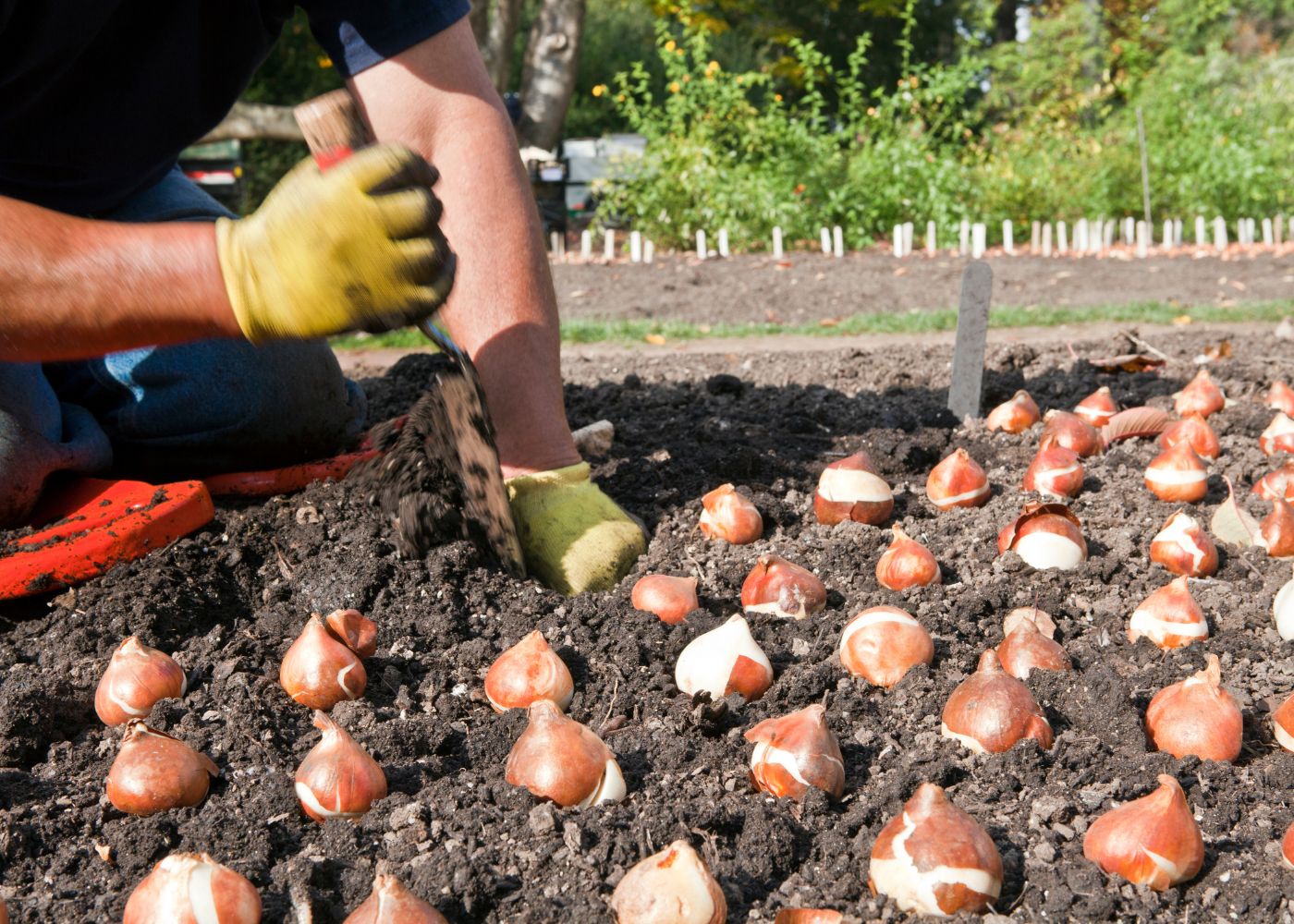
News
When to plant tulip bulbs for a colorful spring
by martijn van der vlis on Sep 05 2025
When to plant tulip bulbs? That's a question many gardeners ask as soon as summer is over. Tulips are one of the most popular spring flowers, bringing color, cheerfulness, and variety to any garden. With the right timing and care, you can enjoy a beautiful field of flowers in spring, whether planted in the ground or in pots on the patio.
The best time to plant tulip bulbs
The best time to plant tulips is between September and December, before the first frost. During this period, the bulbs have plenty of time to establish roots and prepare for spring.
Are you late? No problem. You can still plant them in January or February, as long as the ground isn't frozen. Tulip bulbs are winter-hardy, meaning they can tolerate low temperatures well. Just keep in mind that flowering will start a little later in that case.
Location and soil type for healthy tulips
A sunny spot is ideal for planting tulip bulbs. The more sun the flowers receive, the better they will grow and bloom. Always ensure the soil drains well to prevent bulb rot.
If you have heavy clay soil, mix it with sand and compost to improve its structure. For light, sandy soil, adding compost will help retain moisture better and increase its nutrient content.
Explanation of planting tulip bulbs
Planting tulip bulbs is simple, but requires some attention to detail. Below, we'll explain it step by step:
Choose a sunny spot with well-drained soil.
Improve the soil if necessary with compost and possibly some sand.
Dig a planting hole about 20 centimeters deep.
Place the ball with the point facing up.
Leave about 5 centimetres of space between the bulbs.
Cover with soil and press lightly.
Water the bulbs
Types of tulips and flowering time
There are over 3,000 registered tulip varieties, classified as early, mid-early, and late bloomers. By combining different varieties, you can extend the flowering period in your garden from March to May. Early tulips provide color as early as March, while late varieties don't bloom until May.
Besides the blooming period, there's also a huge variety of shapes and styles. The single tulip is classic and timeless, while the double tulip produces a full, lush bloom. Parrot tulips command attention with their strikingly serrated and colorful petals. French tulips are known for their extra-long stems and elegant appearance. By cleverly combining them, you can create a garden that not only blooms for a long time but also offers a variety of colors and shapes.
Tulips as mood setters in any type of garden
Tulips are more versatile than many people think and fit into almost any garden style. In a modern garden, neat rows of red or white tulips create a stylish and minimalist effect. If you have a more rustic garden, a vibrant mix of colors and varieties will be much more effective. Tulips blend effortlessly into the ambiance of their surroundings and always bring a cheerful touch.
Even small gardens or even balconies benefit from tulips. In pots and containers, you can easily combine different colors or choose a single, striking shade. By cleverly playing with heights and flowering periods, you can create a vibrant ensemble. Tulips are not only spring classics but also true mood-makers that make any outdoor space special.
Combine tulips with other spring bulbs
Tulips look beautiful on their own, but they look even better when combined with other spring bulbs, such as daffodils , hyacinths, and alliums . These plants have similar planting times and often bloom slightly earlier or later than tulips, giving you more color in your garden.
A popular technique is "layered planting" (also called lasagna planting). This involves planting bulbs in layers on top of each other, so that new flowers continually emerge.
Planting tulip bulbs in pots
Don't have a large garden? Tulips also grow well in pots and containers. Always use pots with a drainage hole and place a layer of gravel or pot shards at the bottom for good drainage.
Plant the bulbs at the same depth as you would in the ground, and preferably place the pots in a sheltered spot. In severe frost, you can bring them indoors temporarily or cover them with bubble wrap.
Planting tulip bulbs with children: an educational activity
Planting tulip bulbs is a surprisingly fun activity to do with children. The digging, holding the bulbs, and covering them with soil makes it tactile and playful. Children also learn something about nature and the seasons. The prospect of colorful flowers appearing in the spring where they helped makes it even more special.
You can even make it a small project. Give each child their own patch of ground or pot, so they feel responsible for their own flowers. It's a simple way to bring children closer to nature and encourage their patience and care. And when the first tulips appear, the pride in their work is often priceless.
Post-flowering maintenance
After flowering, it's important to leave the tulip foliage until it has completely withered. This allows the bulb to store nutrients for the following year. Only cut off the spent flowers to prevent seed formation.
If you want to dig up the bulbs, do so as soon as the foliage has died back. Store them in a cool, dry place until the next planting season.
Famous tulip fields in the Netherlands
The Netherlands is world-renowned for its tulips. Places like Keukenhof, the Bollenstreek, and the Noordoostpolder attract thousands of visitors every year. Here you can find inspiration for color combinations and planting plans for your own garden.
Enjoy your colorful spring garden
With the right preparation and the right planting time, planting tulip bulbs is an investment in months of gardening pleasure. Whether you choose a single variety in a neat border or a colorful mixture scattered throughout the garden, tulips will always bring a smile to your face.
When to plant tulip bulbs? The perfect time starts now. Whether you're a novice gardener or have been working with flowers for years, choosing the right time is the key to success. Planting tulip bulbs not only determines how beautifully they bloom, but also how long you can enjoy them. So don't wait until the last minute. Choose a beautiful autumn day, put on your gloves, and fill your garden with these colorful spring classics.
At Bulbs4you , you'll find a wide selection of top-quality tulip bulbs in all colors and varieties. Order now to ensure you can plant on time and be rewarded in spring with a garden full of color, energy, and joy. Your perfect spring starts today.
Frequently asked questions about planting tulip bulbs
1. Can you plant tulip bulbs in summer?
No, the bulbs need a cold period to bloom well.
2. Do animals like mice eat my bulbs?
Yes, that can happen. If necessary, plant the bulbs in special bulb baskets.
Can I leave tulips there year after year?
Yes, but after a few years, flowering may diminish. Therefore, replace some of the bulbs occasionally.
4. Can I plant tulip bulbs in the shade?
Yes, but flowering may be less abundant. Ideally, choose a spot where the bulbs get at least half a day of sun.
5. Should I fertilize tulip bulbs when planting them? This isn't mandatory, but it can contribute to stronger and longer stems. It's best to use an organic bulb fertilizer.
6. How do I prevent tulip bulbs from rotting in wet winters? Always ensure well-draining soil. In pots, a layer of gravel or pot shards at the bottom helps to drain excess water.
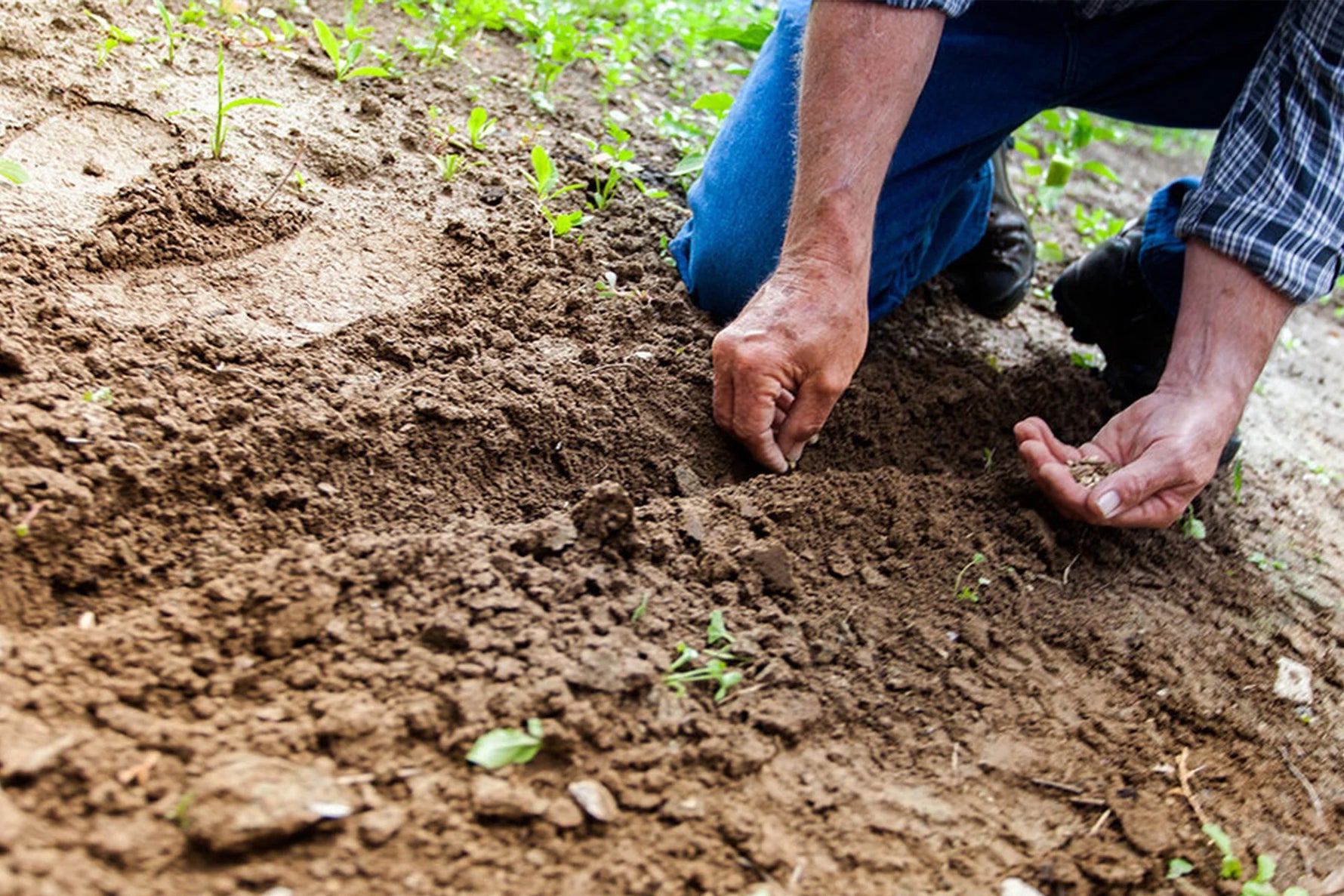
News
General information about flower bulbs
by Sabine Geerlings on Jan 23 2024
When winter is at its peak, the beautiful snowdrops and crocuses announce the approaching spring. They are the first flowers in a series of bulbous plants that will give your garden cheerful colors. The tips below will help you enjoy your flower bulbs more.
Location
Depending on the type, you can plant flower bulbs in flower beds, borders or containers. Preferably plant bulbs that can naturalize between trees or shrubs, where they can remain and reproduce themselves. Place hyacinths and tulips in groups between the perennials. In May or June you can beautifully plant the open spaces with annual summer flowers.
The ground
Flower bulbs are happy with any type of soil, as long as it is well-drained. Lighten heavy soil with peat moss or mix some compost into the soil.
Plants
Flower bulbs that bloom in spring, such as tulips, daffodils, hyacinths and crocuses, can be planted from mid-September to November/December. The varieties that bloom in summer or autumn, such as dahlias, cannas and lilies, go into the ground in the spring. Bulbs are not planted very deeply and this is stated on the packaging. As a rule of thumb, a planting hole depth is equal to three times the maximum diameter of the bulb. However, there are so many exceptions to the rule that it is therefore better to check carefully before planting which planting depth applies to the bulbous plant that has been purchased. You can find this information on the packaging.
On the balcony
Even if you don't have a garden, you can herald spring early with flower bulbs. Plant them in the containers where you put the summer flowering bulbs in May. While flower bulbs in the garden are often more beautiful in groups of one species, on a small balcony it can really come into their own to mix various species and thus enjoy an exuberant display of color on the square meter in the spring.
Did you know?
The months are often indicated on seed packets with Roman numerals. I = January, II = February, III = March, IV = April, V = May, VI = June, VII = July, VIII = August, IX = September, X = October, XI = November and XII = December.
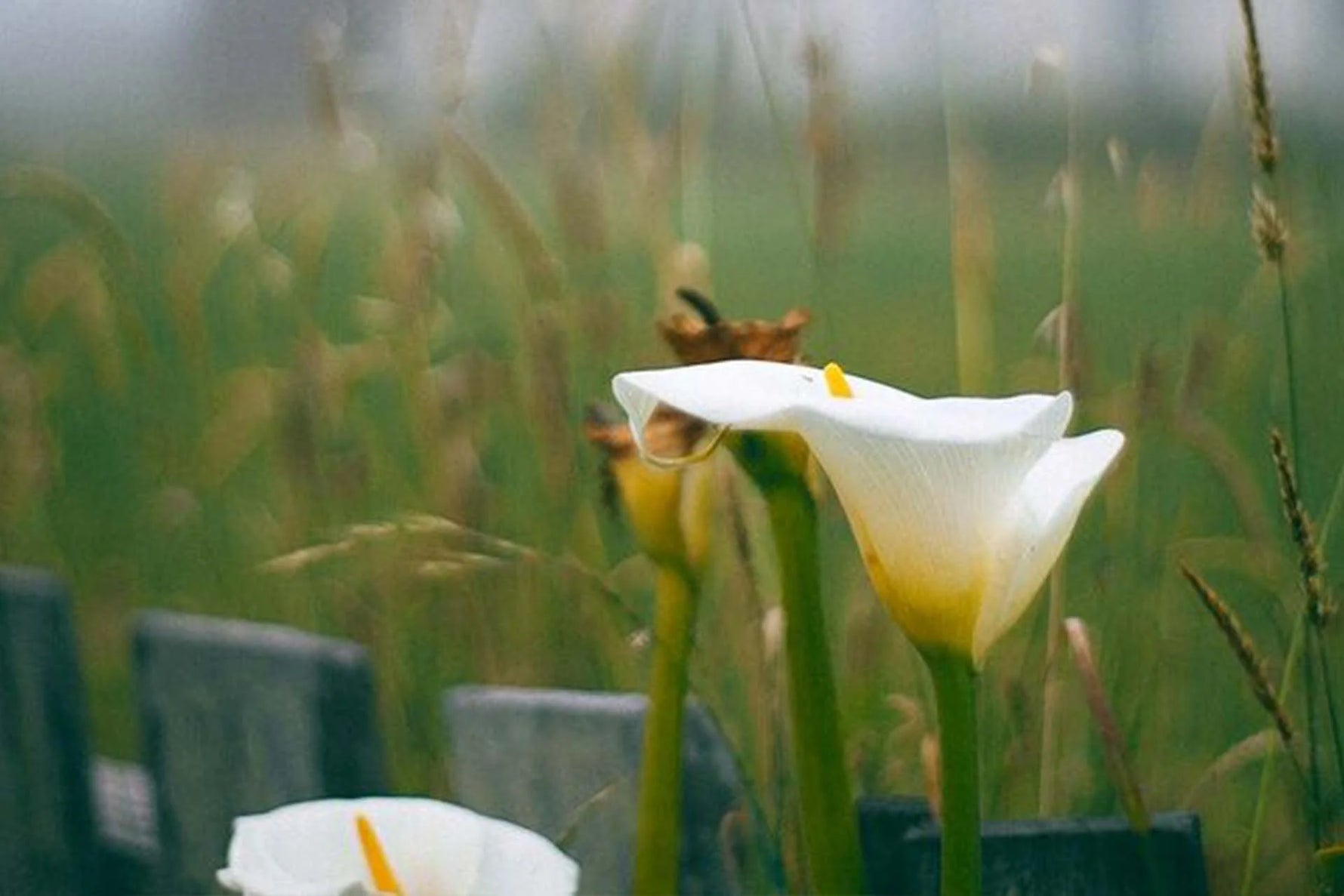
News
by Sabine Geerlings on Jan 23 2024
Only part of the population knows that summer flowering flower bulbs bring a lot of beauty. When people think of flower bulbs, people often think of spring-flowering species, such as daffodils, tulips and hyacinths. But you can also enjoy gardening with flower bulbs in the summer to bring color and bloom to life in the garden throughout the year. These summer-flowering flower bulbs look great in pots on the patio, but also do well in the border or in the open ground. A limited number of species of summer flowering bulbs are winter hardy. So plant them after the frost period. From early spring there will be plenty of choice again at www.Bulbs4you.nl/
Top 5 summer bloomers:
– Dahlia
– Gladiolus
– Calla
– Lily
– Begonia
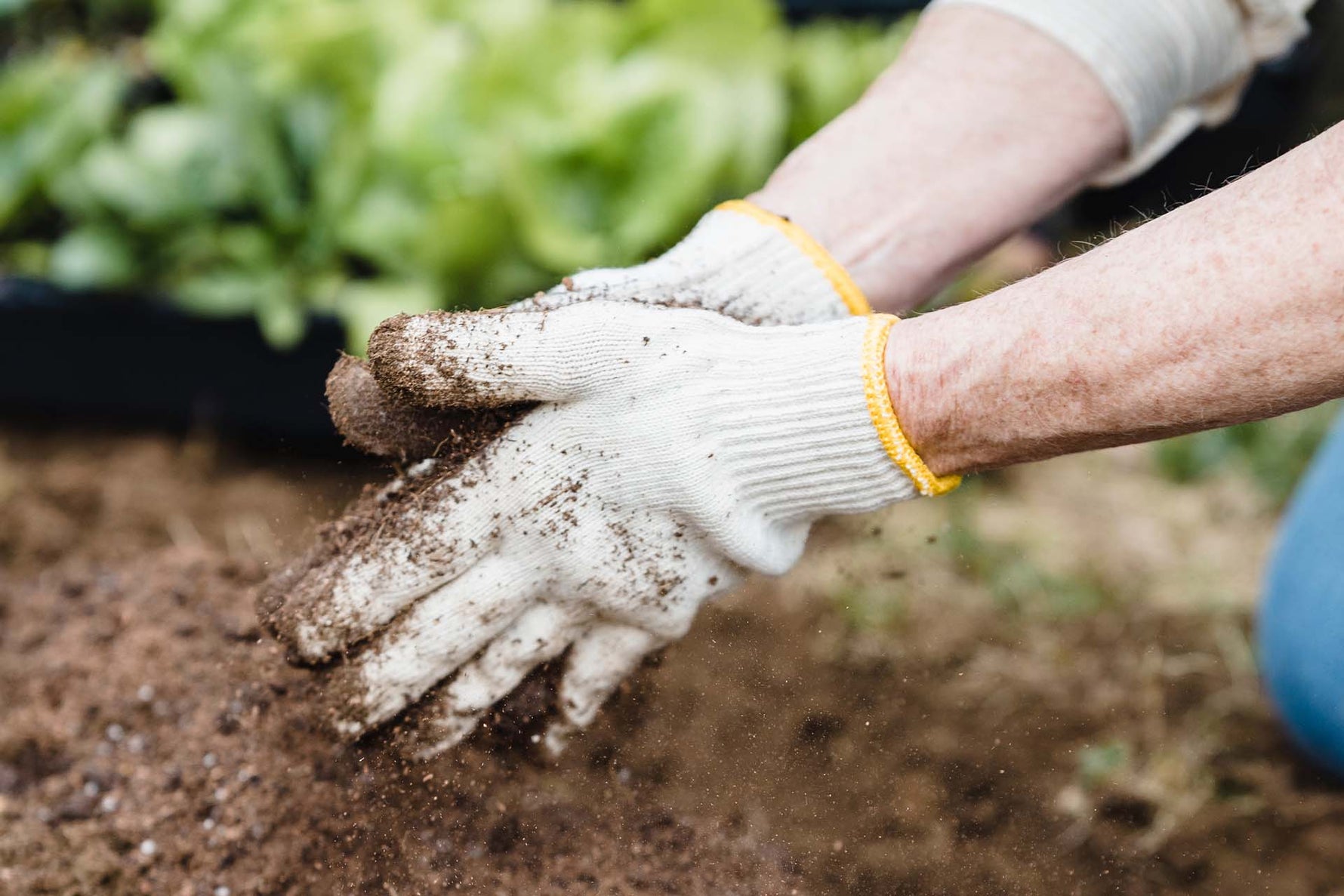
News
Why you should plant your flower bulbs now for beautiful flowers in the spring
by Sabine Geerlings on Jan 23 2024
Spring may seem far away, but now is the time to plant your flower bulbs. Read below for three reasons why you should start planting now!
1: The period in which most growers and garden enthusiasts plant their bulbs is between mid-September and mid-December. This period is also called the 'bulb planting time'. This is partly because the soil is still quite warm in autumn. Think of it as a warm bed in which you plant the bulbs, they are immediately put to work.
2: There is a lot of rain in autumn. The soil is therefore much moister. This means that your bulbs need less help from you to catch on properly. So it takes you much less time to care for your bulbs. In the spring you will have to start watering again to help them grow and survive.
3: Plant now and enjoy later! With a bit of luck you can already see snowdrops in your garden in January. This is followed by tulips, daffodils, crocuses, irises and all other spring bloomers! This way you can enjoy a colorful garden early on.
Are you convinced and do you want to get started planting flower bulbs? Follow these steps to plant them correctly:
First loosen the soil thoroughly with a spade where the flower bulbs will be planted. Then the soil is easy to work with.
Dig a hole with a spade or bulb planter.
Plant the flower bulbs in the hole with the point up.
Close the hole with the excavated earth and press it down a bit.
Give some water
Good luck!
